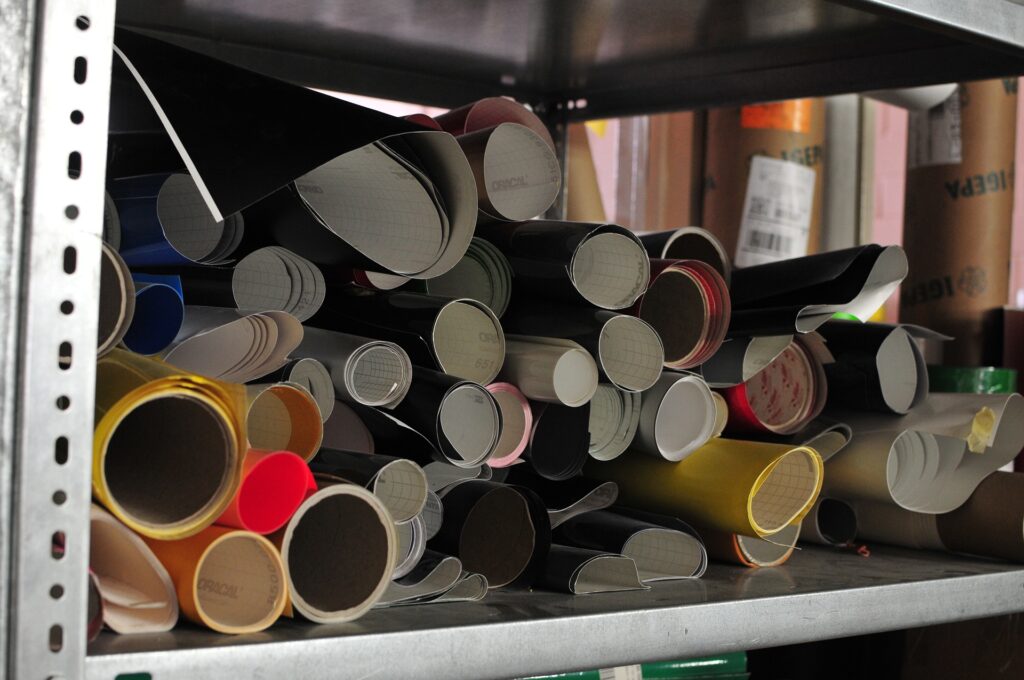Bringing your event vision to life often involves working closely with graphic designers who can translate your ideas into compelling visual elements. Effective collaboration is key to ensuring that your event graphics align perfectly with your goals and resonate with your audience. In this blog post, we’ll explore strategies for collaborating with designers to achieve your event vision, ensuring a seamless process and outstanding results.
1. Define Clear Objectives and Goals
Before engaging with a designer, it’s crucial to define your event’s objectives and goals clearly:
- Event Purpose: Clearly articulate the purpose of your event. Whether it’s a product launch, conference, or trade show, understanding the event’s primary aim helps designers create graphics that align with your goals.
- Target Audience: Provide insights into your target audience. Share demographic information, preferences, and expectations to help designers tailor the graphics to appeal to your audience.
2. Develop a Comprehensive Brief
A well-prepared design brief serves as the foundation for successful collaboration:
- Design Brief Elements: Include essential elements in your design brief, such as event theme, key messages, brand guidelines, and specific graphic requirements. The more detailed your brief, the better the designer can understand and execute your vision.
- Visual Inspirations: Share visual references or examples that capture the style, colors, and mood you envision. This helps designers grasp your aesthetic preferences and align their work with your expectations.
3. Communicate Your Vision Effectively
Effective communication is critical in ensuring that your vision is accurately translated into graphics:
- Detailed Descriptions: Provide detailed descriptions of what you envision for each graphic element. Explain how you want the graphics to interact with the event environment and any specific features or branding elements to include.
- Feedback Loop: Establish a clear feedback loop. Regularly review and provide constructive feedback on design drafts to ensure that the final graphics meet your expectations. Be specific about any changes or adjustments needed.
4. Foster a Collaborative Relationship
Building a strong, collaborative relationship with your designer enhances the creative process:
- Open Dialogue: Maintain open and ongoing dialogue with your designer. Encourage them to ask questions and seek clarification to ensure they fully understand your vision and requirements.
- Trust and Flexibility: Trust your designer’s expertise and be open to their suggestions. Designers often bring valuable insights and creative ideas that can enhance your event graphics. Be flexible and willing to adapt your vision based on their professional recommendations.
5. Establish Timelines and Milestones
Setting clear timelines and milestones helps keep the project on track:
- Project Timeline: Agree on a project timeline that includes key milestones, such as concept development, design reviews, and final delivery. Ensure that both you and the designer have a mutual understanding of deadlines and deliverables.
- Regular Check-Ins: Schedule regular check-ins or meetings to review progress and address any issues. This helps ensure that the project stays on schedule and any potential challenges are resolved promptly.
6. Provide Comprehensive Brand Guidelines
Providing brand guidelines ensures that the graphics align with your brand’s identity:
- Brand Elements: Share your brand’s logo, color palette, typography, and any other relevant brand elements with the designer. Consistent branding across all graphics is essential for reinforcing your brand’s identity.
- Style and Tone: Communicate the desired style and tone of the graphics. Whether you want a modern, sophisticated look or a playful, energetic vibe, clear guidelines help designers create graphics that resonate with your brand’s personality.
7. Review and Finalize Designs
Thoroughly review and finalize the designs to ensure they meet your expectations:
- Design Approval: Review the final designs carefully and ensure they align with your event’s objectives and brand guidelines. Check for accuracy, consistency, and overall visual appeal.
- File Formats: Confirm that the final graphics are provided in the appropriate file formats for printing or digital use. Ensure that all necessary specifications, such as resolution and color profiles, are met.
8. Implement and Monitor
Once the designs are finalized, implement them and monitor their effectiveness:
- Implementation: Coordinate with your event team and vendors to ensure that the graphics are installed correctly and in the intended locations.
- Monitor Impact: Observe how the graphics perform during the event and gather feedback from attendees. Evaluate their impact on the overall event experience and gather insights for future collaborations.
Conclusion
Collaborating with graphic designers is a crucial step in bringing your event vision to life. By defining clear objectives, developing a comprehensive brief, communicating effectively, and fostering a collaborative relationship, you can ensure that your event graphics align with your goals and enhance your event’s success.
EventGraphics specializes in working closely with clients to create impactful event graphics that resonate with their audience and achieve their event goals. Our team of experts is dedicated to translating your vision into visually stunning designs that make a lasting impression.
EventGraphics – The Event Graphic Specialists is your trusted partner for all your event graphic needs. Contact us today to learn how we can assist you in achieving your event vision with expertly crafted graphics. Let us help you create an exceptional event experience that stands out and leaves a memorable impact.

